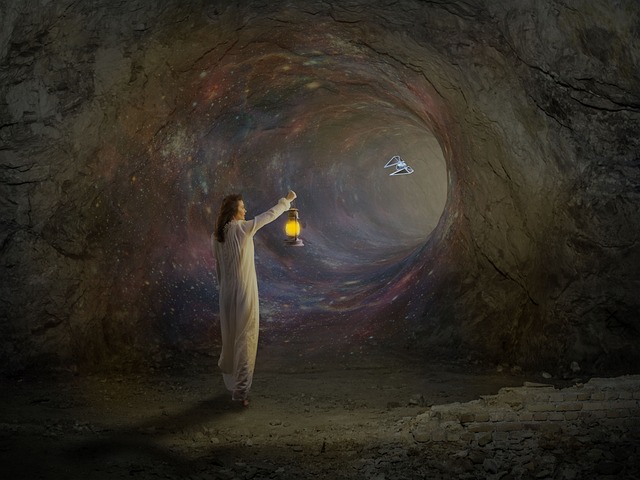Every moment we live is a unique narrative, a series of perceptions waiting to be captured. Photography serves as a bridge between our experiences and the stories we weave from them. With each click of the camera shutter, we freeze a fleeting moment that embodies not just an image but a profound perception of reality.
At its core, photography is about perception. It transforms our way of seeing the world, framing subjects in ways that can evoke emotions, provoke thought, or spark imagination. The way we compose a shot—what we choose to include and what we leave out—speaks volumes about our own viewpoint. This delicate balance of elements essentially reshapes our viewer’s perception of the scene, giving life to our artistic vision.
Understanding optics, the science behind how we capture these images, adds another layer to our perception. A camera lens is akin to the eye; it has the ability to alter perspectives drastically. Different lenses can emphasize or de-emphasize elements within a scene, changing the overall perception of the image. Wide-angle lenses create an expansive view, while telephoto lenses can compress distances, highlighting the details that might otherwise remain invisible.
Moreover, playing with depth of field can dramatically influence how a photograph is perceived. A shallow depth of field draws the viewer’s eye to a particular subject while beautifully blurring the background, isolating it and creating a sense of intimacy. On the other hand, a deeper focus can encapsulate the grandeur of a landscape, expressing a broader context within the frame.
Color, light, and shadow also contribute to our perception in photography. The mood evoked by the warm hues of golden hour can remind us of nostalgia, while the stark contrasts of black and white photography can emphasize emotion and intensity. Each decision we make regarding these elements influences how a viewer experiences the image, reminding us that perception is not just personal but can also be universally shared.
In a world overflowing with digital images, the challenge lies not just in capturing a scene, but in capturing its essence. Each photograph is an opportunity to explore and convey our own perception, inviting others to see through our lens. As photographers, we wield the power of optics and composition, shaping the narrative of our visual stories, allowing others to feel, think, and see differently.
The next time you pick up your camera, remember that every shutter click is a chance to delve deeper into the nuances of perception. By carefully considering the interplay of light, composition, and optics, you can transform not only how others view your work but also how the world around you is seen and understood.



